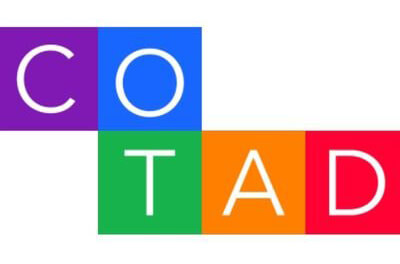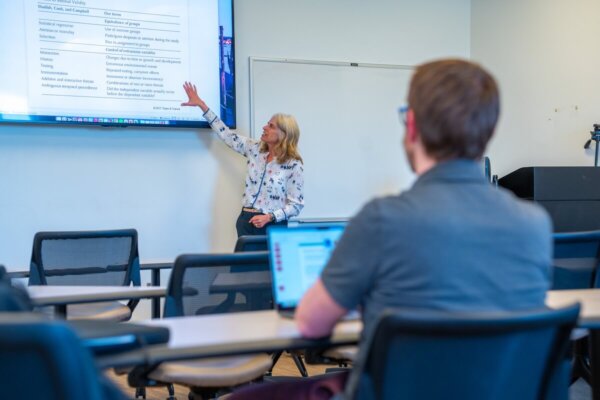Occupational Therapy Program Promotes Diversity, Dialogue
Students Establish Local Chapter of the Coalition of Occupational Therapy Advocates for Diversity
Shenandoah University’s occupational therapy program is doing its part to promote diversity, equity and inclusion by establishing a local chapter of the Coalition of Occupational Therapy Advocates for Diversity, or COTAD.
 The Shenandoah University Chapter of COTAD has similar goals as the national organization, which includes promoting diversity and inclusion within the occupational therapy workforce and increasing the ability of occupational therapy practitioners to serve a diverse population.
The Shenandoah University Chapter of COTAD has similar goals as the national organization, which includes promoting diversity and inclusion within the occupational therapy workforce and increasing the ability of occupational therapy practitioners to serve a diverse population.
The local chapter was started by Domonique Gholson, a 2018 Shenandoah alumna and currently a second-year OT master’s student, who came up with the idea as a project for her Management and Systems in Occupational Therapy Settings class. Gholson wanted to enhance diversity within the graduate-level program, where she is only one of a few Black students.
It’s not there yet. My goal is that we see more diversity in the program so that students like me don’t feel alone.”
Domonique Gholson ’18, ’21
The student-led chapter meets once a month and consists of 59 OT students of all races from both the Winchester campus and the Scholar Plaza, Loudoun, location. The group discusses everything from Black Lives Matter, and explicit and implicit biases in health care and society to LGBTQ+ issues and breast cancer awareness and its role in OT.
We want to make the uncomfortable conversations comfortable. We need to see and hear each other’s perspectives to enhance our culture and make Shenandoah a better place.”
Domonique Gholson ’18, ’21
The group also advocates to promote OT and to spread the word about the program in the local community. Recently, students in the chapter donated school supplies to Orchard View and Quarles elementary schools.
Shenandoah University Occupational Therapy Programs Director Cathy Shanholtz, OTD, OTR/L, CLA, is the faculty advisor for Shenandoah’s COTAD chapter. One of the things COTAD tries to do is to re-examine the OT curriculum in order to promote topics and enhance case studies that look more holistically at a patient and that more accurately depict all races, ethnicities and sexualities.
We’re bringing forward this idea that our textbook scenarios don’t always offer diversity. COTAD helps push us and guide us further to be the OTs we want to be.”
Cathy Shanholtz, OTD, OTR/L, CLA





